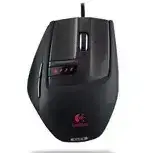Motherboard Connectors?????
-
Featured Topics
-
Topics
-
0
-
G9XFTW ·
Posted in Laptops and Pre-Built Systems7 -
7
-
fade2black001 ·
Posted in Troubleshooting0 -
3
-
2
-
37
-
BifrostCrow ·
Posted in Troubleshooting4 -
7
-
6
-

.png.255947720031a641abdac78e663b681c.png)



.thumb.jpg.ab6821c090888206ddcf98bb04736c47.jpg)











Create an account or sign in to comment
You need to be a member in order to leave a comment
Create an account
Sign up for a new account in our community. It's easy!
Register a new accountSign in
Already have an account? Sign in here.
Sign In Now